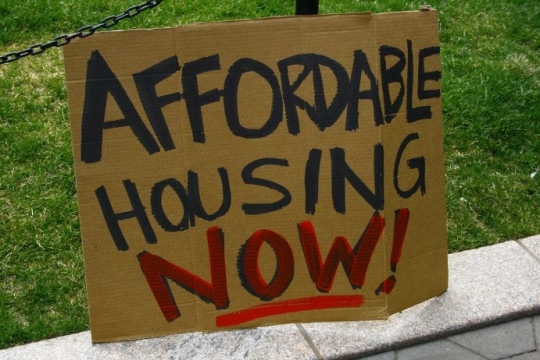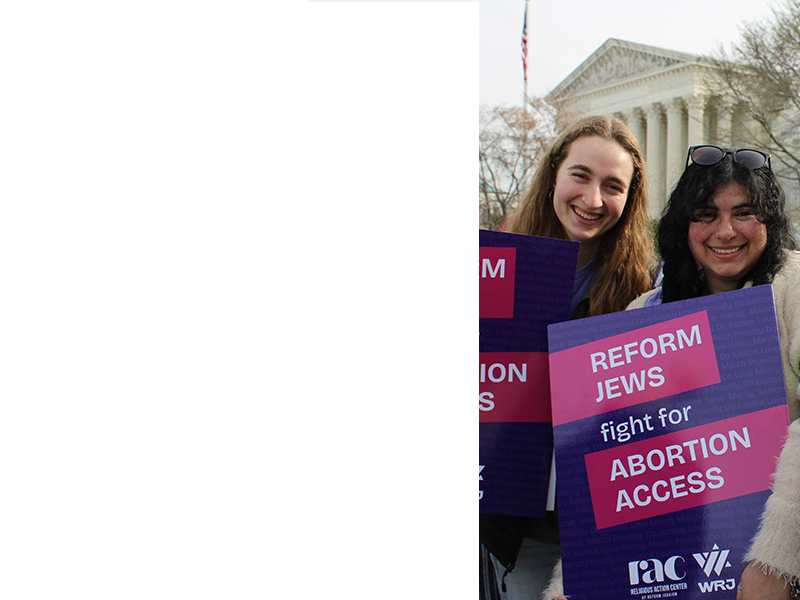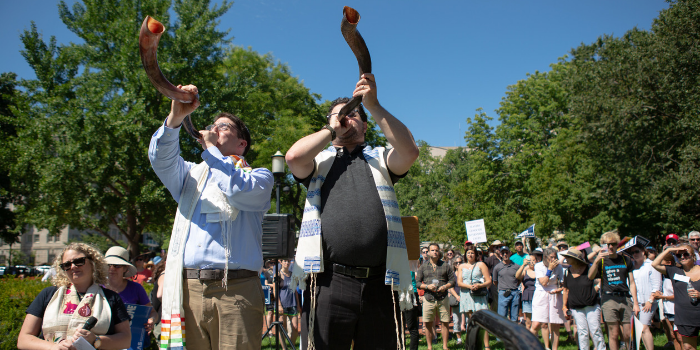
Last June, Rep. Ted Leiu stood on the floor of the House of Representative and played a deeply disturbing audio recording. From his cellphone came the cries of young children separated from their families who were being held in immigrant detention centers. The recording was a wake-up call to many, opening their ears and eyes to injustices occurring along our southern border. The humanity of people trying to claim asylum, reunite with their families, or seek a better life was being neglected. Young children were being detained apart from their families in a country they did not know.
The shofar calls out to us like the cries heard from Rep. Leiu’s phone. The Talmud teaches that the blasts of the shofar are meant to sound like the cries of the mother of Sisera, the Canaanite army commander killed by the Hebrew Prophetess Yael. Our scriptures celebrate this important military victory for the Israelites, but the tradition also recounts the experience of Sisera’s devastated mother:
Through the window peered Sisera’s mother,
Behind the lattice she sobbed:
“Why is his chariot so long in coming?
Why so late the clatter of his wheels? (Judges 5:28)
Sisera’s mother cries out of deep pain and fear. The fear of her son being pulled away from her forever and her world being forever ruptured.
The word “sobbing” shares the same Hebrew root as the sound of the Shofar. As the Shofar is sounded, we are awoken to the pain and fear. As we celebrate our own possibility to repent and return to our truest and fullest selves, the shofar reminds us that there is deep brokenness in the world.
It has been over a year since the world first heard the cries of those detained children, yet we know the wails have not stopped. We know that as many as 15,000 children are detained by the federal government at any given time, and that the Trump administration has recently moved to extend the period of time families with children can be detained together beyond the current 20-day limit.
We hear the cries of many others as well. We hear the cries of undocumented families living in our communities, including Dreamers who have only ever known life in this country. We also hear the cries of those who have lived in our country for decades under Temporary Protected Status (TPS) programs and are worried about the future of their legal status. Each person who cries out is another blast of the Shofar, a prayer that someone will hear.
We hear these blasts constantly and it is heart wrenching. The shofar brings us to the brink of despair and yet, in its high cry, not all is lost. The cry of the Shofar also represents the cry of new life, of a baby who bursts into the world full of potential and joy. The shofar gives us hope that a better future is possible, and that we have a role in bringing that vision into reality.
We are constantly engaging in this sacred work. This past Tisha B’Av, Jews in cities all over the country came together to hold vigils, urging the government to close the detention centers. We have stood up to remind our elected officials that we must love and care for the immigrant.
The month before Rosh Hashanah, Jews blow the shofar each morning during worship. The shofar is a reminder of the work that is ahead on the High Holidays, both the inner work of repentance and the work of Tikkun Olam. This year, when we hear these cries let us be inspired to act:
- Study this new source sheet with your community, which outlines many of the instances in our tradition we are told to care for the stranger
- Incorporate these prayers and sermon ideas into the High Holiday services of your community
- Looking ahead to Sukkot, use this discussion guide to think about the connection between welcoming guests into our sukkah and welcoming immigrants
- Visit the webpage of our Gilbert and Eleanor Kraus Immigrant and Refugee Justice Action Center to learn more ways you can stand up for the dignity of immigrants.
This High Holiday season, we have the power to transform the cries of the shofar into action that brings dignity and care to all of humanity.
Related Posts
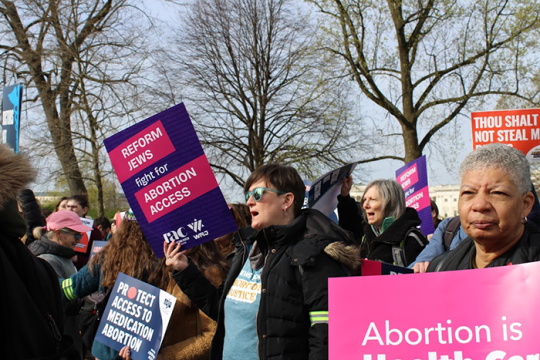
Remarks from Rabbi Eliana Fischel at Jewish Gathering for Abortion Access
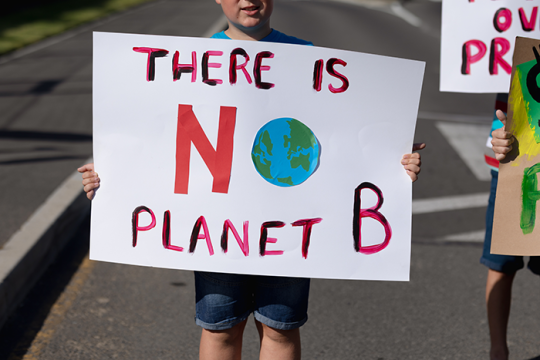
Teens from North Carolina Speak About Environmental Justice
